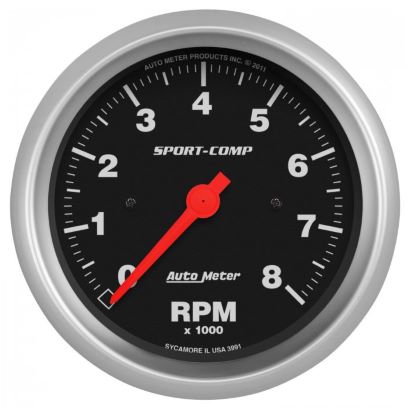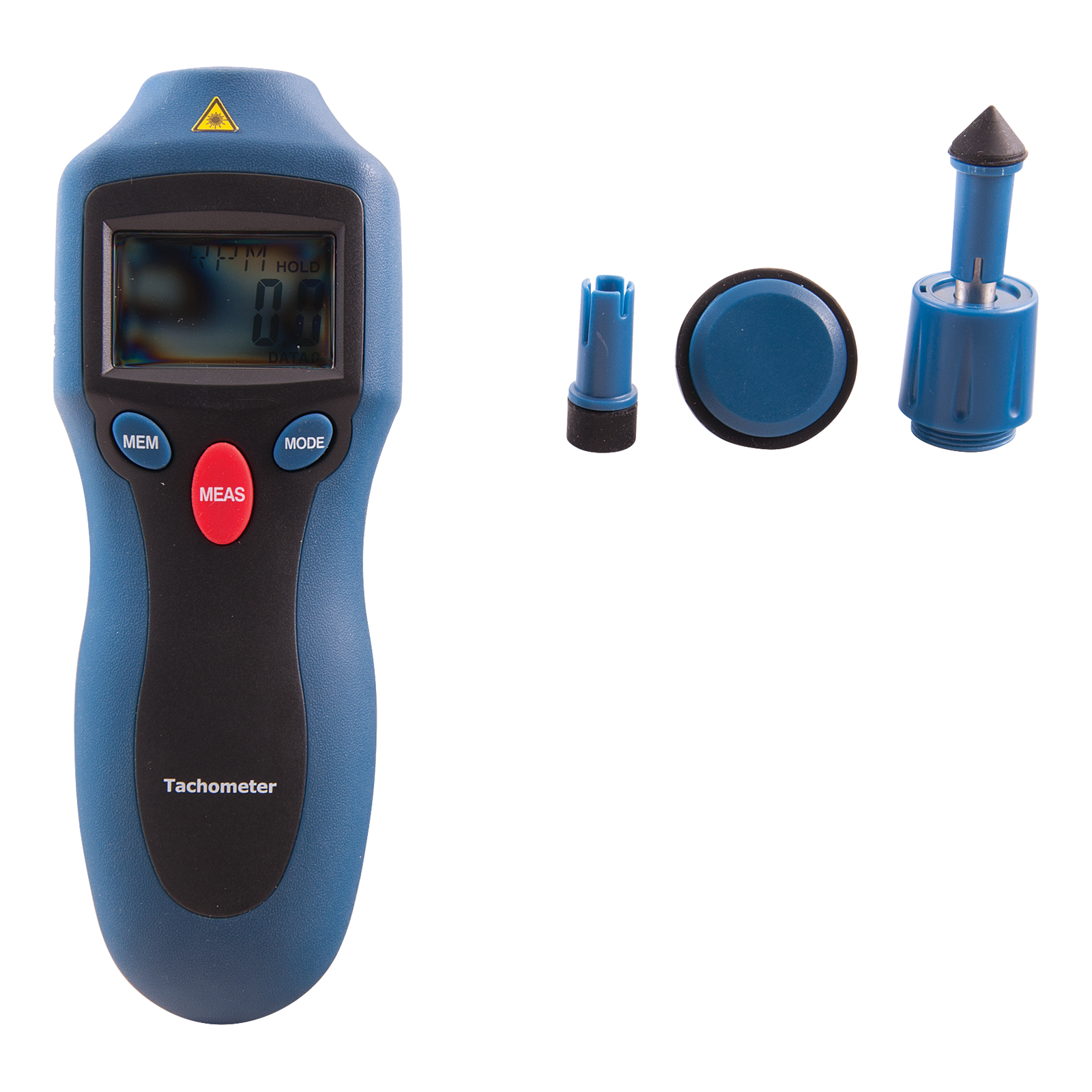Trick Reasons That Having a Tachometer Is Necessary for Keeping Engine Health and Effectiveness
This simple yet vital tool plays a critical function in the upkeep of an engine's health and performance. By giving real-time information on engine rate and RPM levels, a tachometer offers invaluable understandings that straight affect the performance and longevity of the engine. Allow's discover the crucial reasons behind its pivotal duty in keeping engine health and wellness and efficiency.
Preventing Engine Over-Revving

To protect the engine from potential damages, it is vital to apply actions that prevent over-revving, a method that can lead to expensive repair work and decreased engine lifespan. Over-revving takes place when the engine's rotational speed goes beyond the maximum restriction established by the manufacturer, creating unnecessary stress on interior components such as pistons, shutoffs, and connecting poles. This excessive stress can result in mechanical failings, including curved valves, harmed pistons, and even disastrous engine failure.
One reliable step to stop over-revving is the setup of a rev limiter. A rev limiter is a tool that controls the optimum RPM (revolutions per minute) of the engine by either reducing off fuel circulation or trigger to the engine when the pre-set limitation is gotten to. Additionally, informing vehicle drivers and operators on the value of monitoring engine RPM with the tachometer can aid avoid unexpected over-revving. Normal maintenance checks to make sure the engine remains in optimal condition can likewise assist in avoiding over-revving occurrences and lengthening the engine's lifespan. By adopting these safety nets, the risk of engine damage because of over-revving can be dramatically reduced.
Enhancing Gas Intake
Reliable gas intake plays a crucial role in taking full advantage of the performance and sustainability of an engine. tachometer. Enhancing fuel consumption not only helps in reducing operational costs yet additionally decreases the ecological influence of automobile discharges. By using a tachometer to keep an eye on engine speed and adjust driving habits accordingly, vehicle drivers can attain much better fuel efficiency
Maintaining a constant pace and avoiding abrupt velocities and decelerations can considerably improve gas economic climate. Additionally, proper equipment choice based on the tachometer analyses makes sure that the engine operates within its optimum variety, resulting in more reliable fuel burning.
Consistently keeping an eye on the tachometer can also aid determine any inadequacies or mechanical problems that may be affecting gas usage. An abrupt boost in gas usage without an equivalent modification in driving behaviors might show a problem that calls for attention.
Surveillance Engine Wellness
Checking engine health and wellness is important for making certain optimal efficiency and long life of the car. By using a tachometer to keep an eye on engine rate, vehicle drivers can detect irregularities that may indicate potential issues with the engine. A tachometer provides real-time data on engine revolutions per minute (RPM), allowing motorists to determine any type of here are the findings unusual spikes or decreases in RPM that might indicate problems such as misfires, worn-out components, or engine getting too hot.

Regularly monitoring engine wellness with making use of a tachometer enables drivers to address concerns immediately before they escalate and create substantial damage. For example, finding a reduction in RPM could show gas delivery troubles or a stopped up air filter, while a sudden rise in RPM might point to concerns with the transmission or exhaust system. By staying attentive and responsive to adjustments in engine performance, vehicle drivers can stop costly repair services and guarantee the total health and wellness and performance of their car.
Increasing Engine Life Expectancy
Making certain the durability of an engine calls for persistent upkeep techniques and mindful surveillance of key efficiency indications. Extending an engine's life expectancy is critical for decreasing total vehicle maintenance expenses and staying clear of unexpected malfunctions. A tachometer plays a substantial role in this Look At This element by giving real-time information on engine speed, enabling motorists and technicians to make informed decisions to stop too much damage.

Furthermore, routine maintenance based on tachometer analyses, such as prompt oil modifications and stimulate plug replacements, can substantially contribute to extending the engine's long life. Overall, including a tachometer right into regular engine tracking practices is important for preserving the engine's health and performance over the lengthy term.
Saving Money on Services
A tachometer helps in checking the engine's RPM (revolutions per minute), making it possible for chauffeurs to important source run within the advised range. By staying within these optimum RPM levels, extreme stress on the engine can be stayed clear of, decreasing the probability of pricey repairs due to exhausting the engine.
In addition, by using the data from a tachometer to practice smooth velocity and slowdown, drivers can prolong the life expectancy of their automobile's parts, ultimately saving money on maintenance and substitutes. Generally, the understandings given by a tachometer empower chauffeurs to make educated decisions that can stop unneeded damage on the engine, bring about significant cost savings over time.
Final Thought
To conclude, a tachometer plays a critical duty in maintaining engine health and efficiency by preventing over-revving, optimizing fuel consumption, keeping track of engine wellness, prolonging engine life expectancy, and conserving cash on repair services. It is a necessary device for making sure that the engine runs within risk-free limitations and carries out at its best, ultimately adding to the long life and general performance of the vehicle.